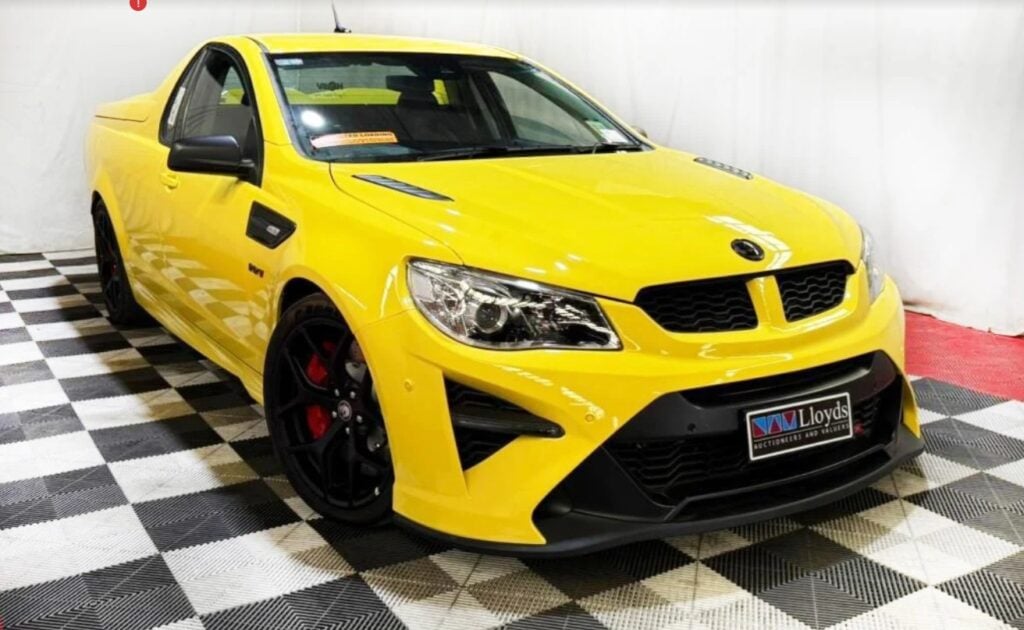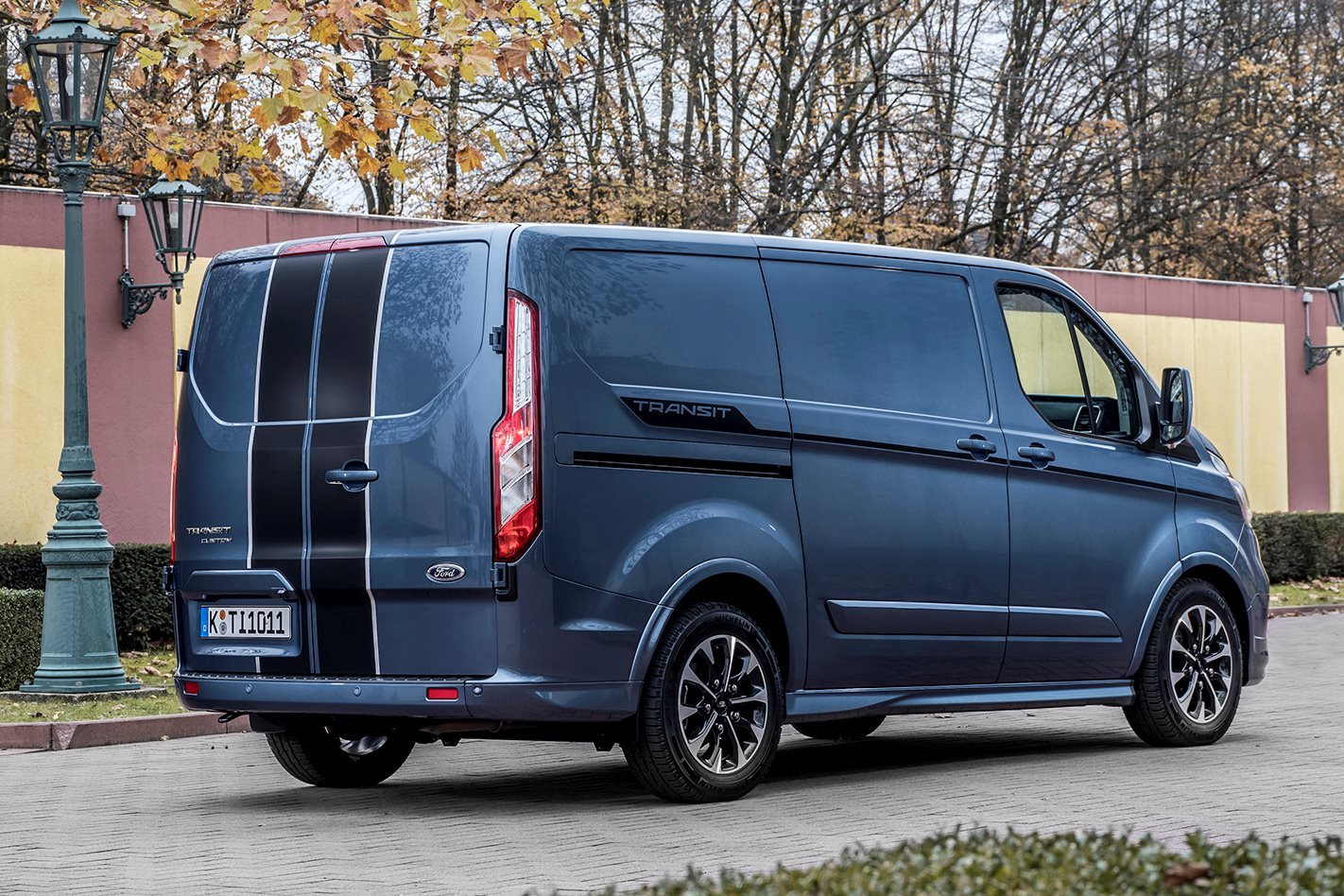
If you’ve noticed an increase of white vans on the road, you’re not wrong – the rise of home delivery during COVID-19 restrictions has driven up commercial van numbers.
Now, though, a renewed focus on safety in commercial vans has seen the top-selling models put under the ANCAP microscope.
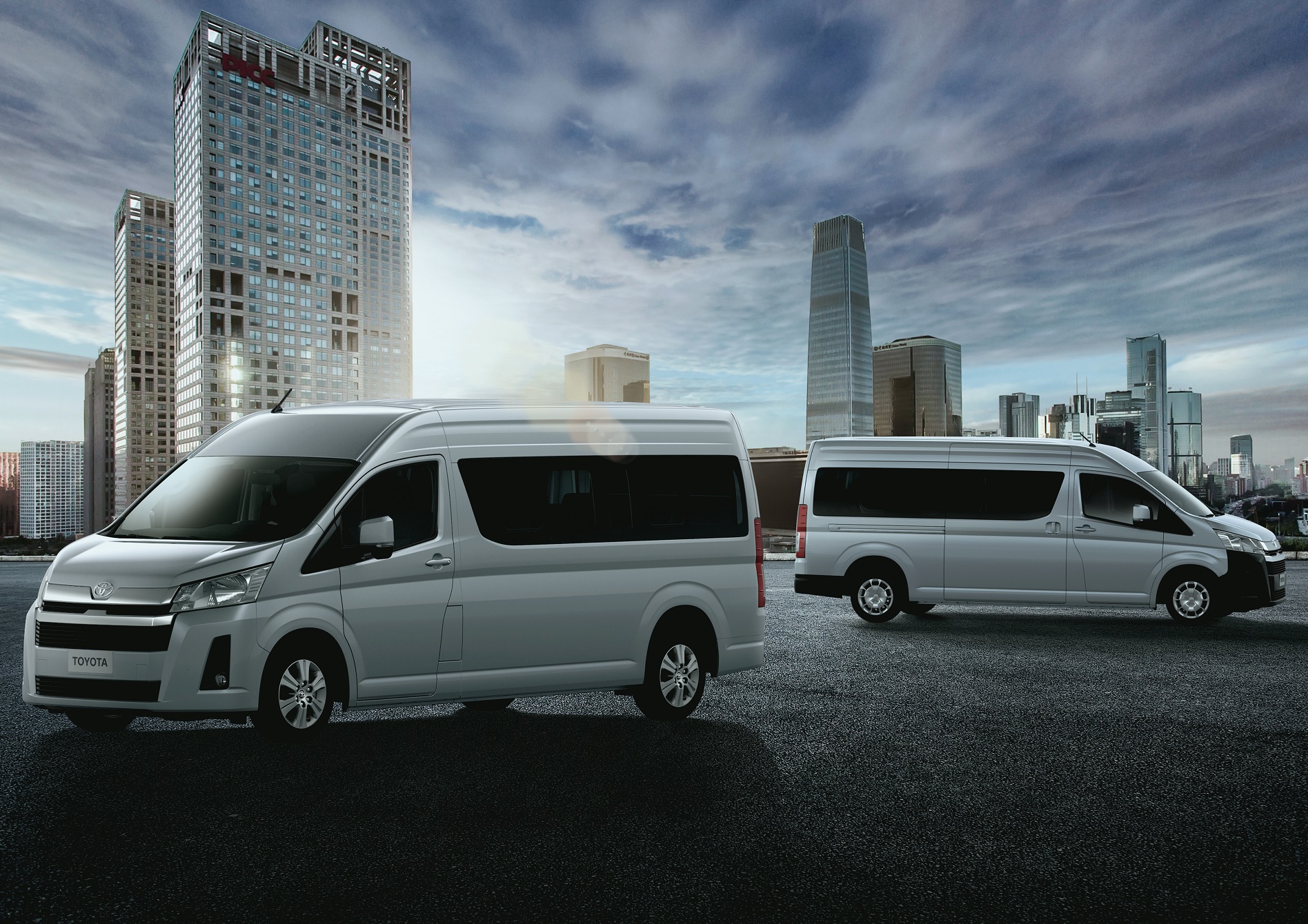
ANCAP rounded up 15 light and medium/heavy commercial vans to evaluate their collision avoidance, or ADAS, capability.
ANCAP introduced the assessment of active (collision avoidance) safety systems including low and high-speed autonomous emergency braking (AEB), lane support systems (LSS), speed assistance systems (SAS) and occupant detection systems three years ago, alongside its alignment with Euro NCAP testing protocols.
While 69 vehicles have been tested in that period, no vans up to a gross vehicle mass figure of 3.5 tonnes have been included in those stats, thanks in part to the tendency for such vehicles to have a much longer lifespan than a regular passenger vehicle.
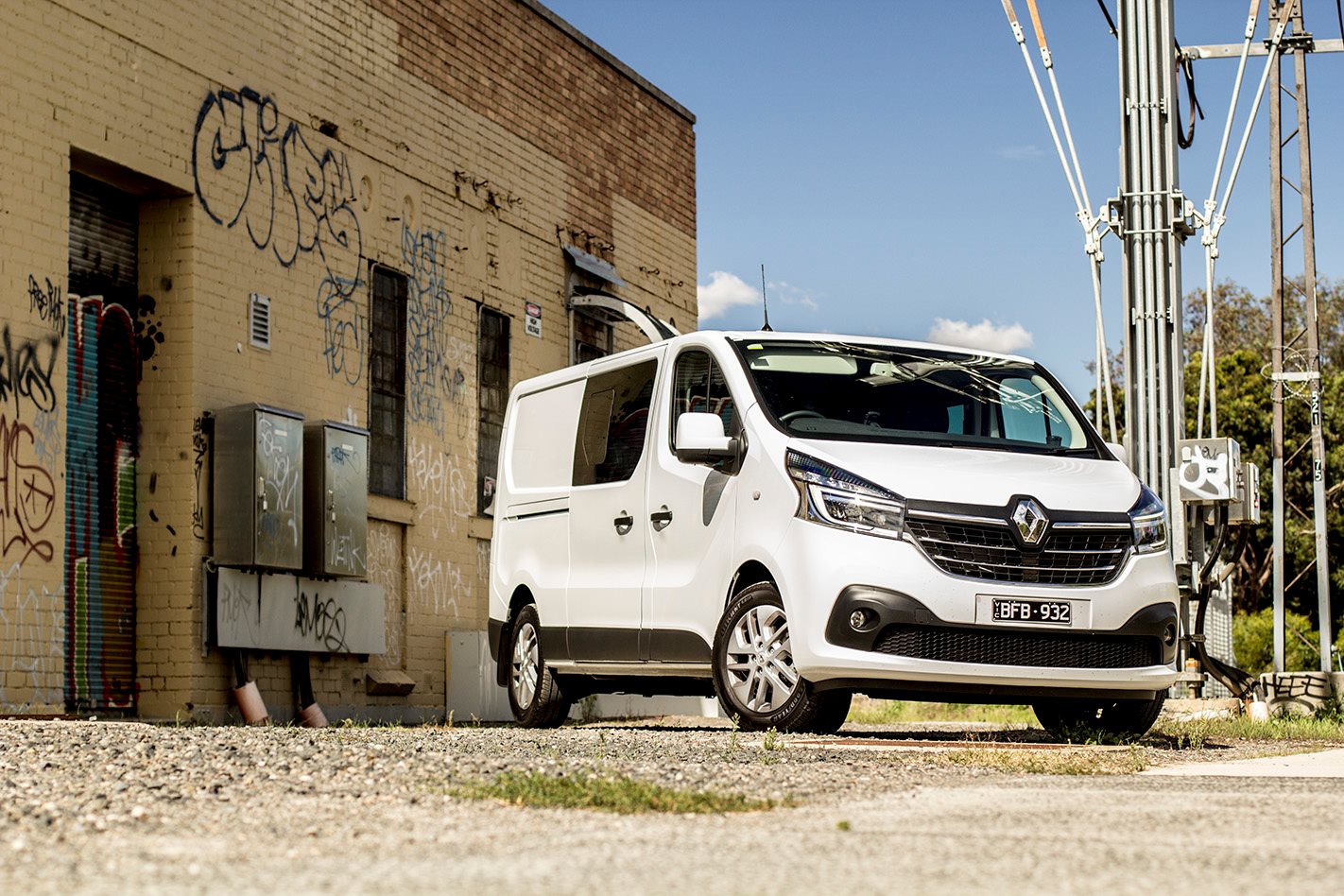
“COVID-related lockdowns across Australia and New Zealand have created a surge in demand for delivery services, and as a result, many areas have seen a rise in the number of commercial vans on the road.”
Vans are considered a more “aggressive” participant in a crash, given the higher likelihood of injury to occupants, as well as the heightened risk to other road users because of their size.
“With the increasing number of van movements, the risk to other road users – in other vehicles, pedestrians and cyclists – increases, so it is important fleets and van operators are aware of the heightened risk these vehicles pose to others,” said Robson.
Just two of the 15 vehicles tested earned a gold overall collision avoidance rating – the Toyota HiAce and the Ford Transit, both of which have been renewed in recent years.
Five scored a silver rating, while three claimed a bronze.
The Hyundai iLoad, Renault Trafic, the related Mitsubishi Express, Renault Master and Iveco Daily were not recommended, according to ANCAP, due to their poor active safety specification.
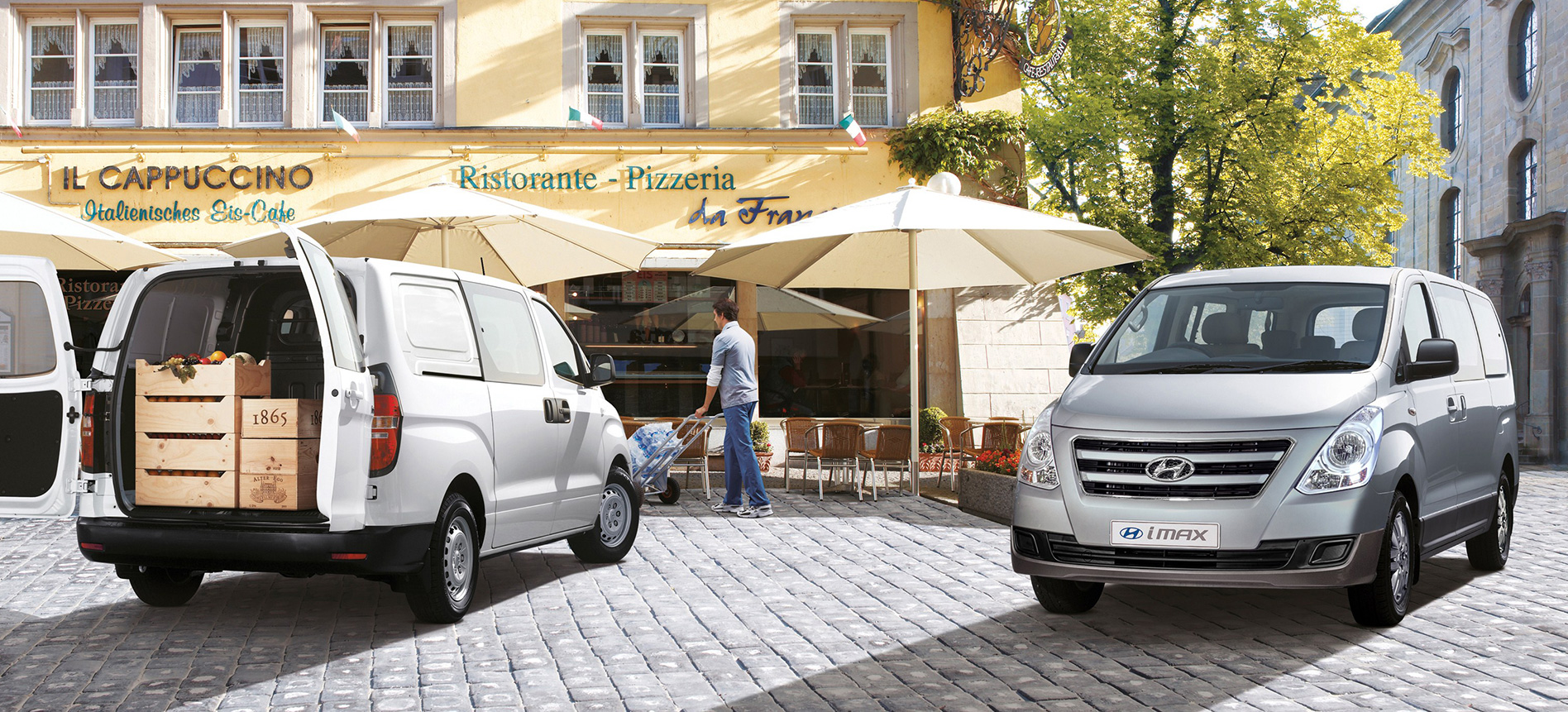
Some of the vans in question, including the iLoad, have updated versions in the wings, with Hyundai’s popular cargo hauler potentially revealed as soon as next week overseas.
The current vehicle dates back to 2011 and carries a four-star ANCAP rating from its initial testing.
“Commercial vans generally operate with higher levels of exposure and hold a much longer economic life-span due to their primary commercial-use and goods-carrying function, and this makes their active safety capability arguably even more critical than that of passenger cars,” said Robson.
“ANCAP’s influence over the passenger vehicle and SUV segments has seen a marked improvement in safety specification over the years – with great gains made with the fitting of active collision avoidance systems, and this analysis will now place a spotlight on the previously peripheral segment of the market which has noticeably lagged.
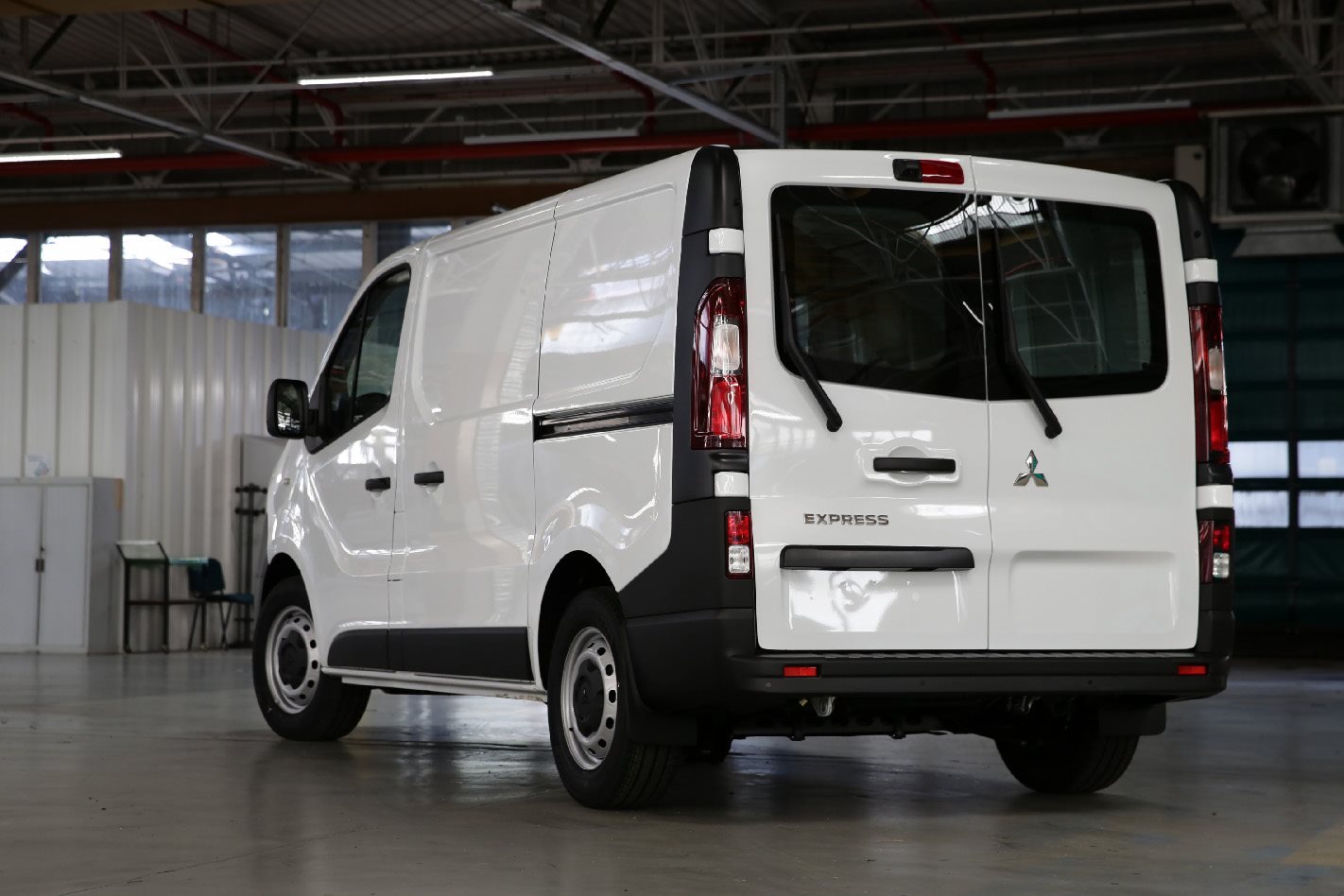
President and CEO of Ford Australia and New Zealand, Andrew Birkic, welcomed the latest Euro NCAP results.
“We’re pleased to have been recognised as having two of the top-performing vans for active safety,” he said. “We know in Australia that our Transit customers place significant importance on the standard Driver Assist Technology available in Transit Custom and Transit.”


